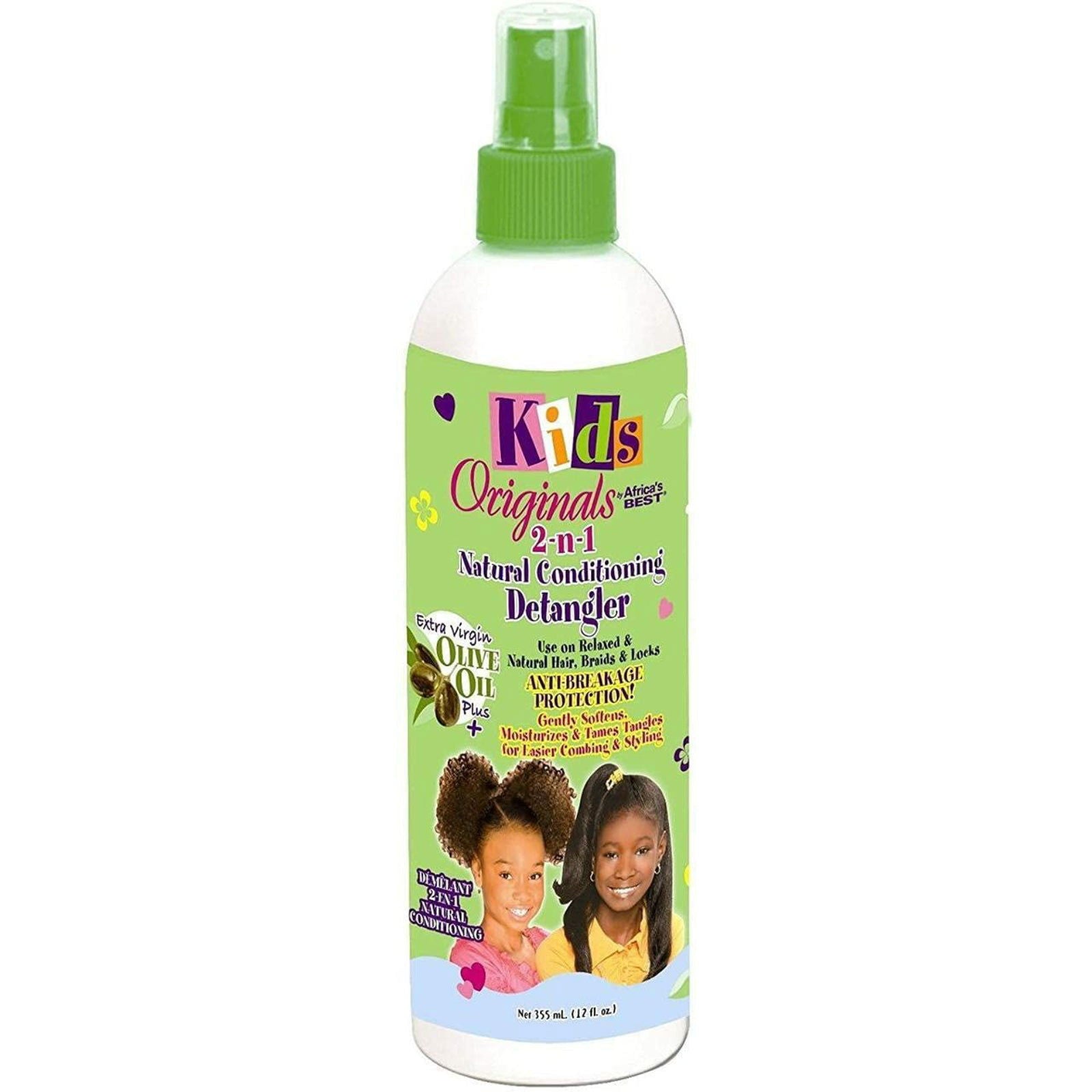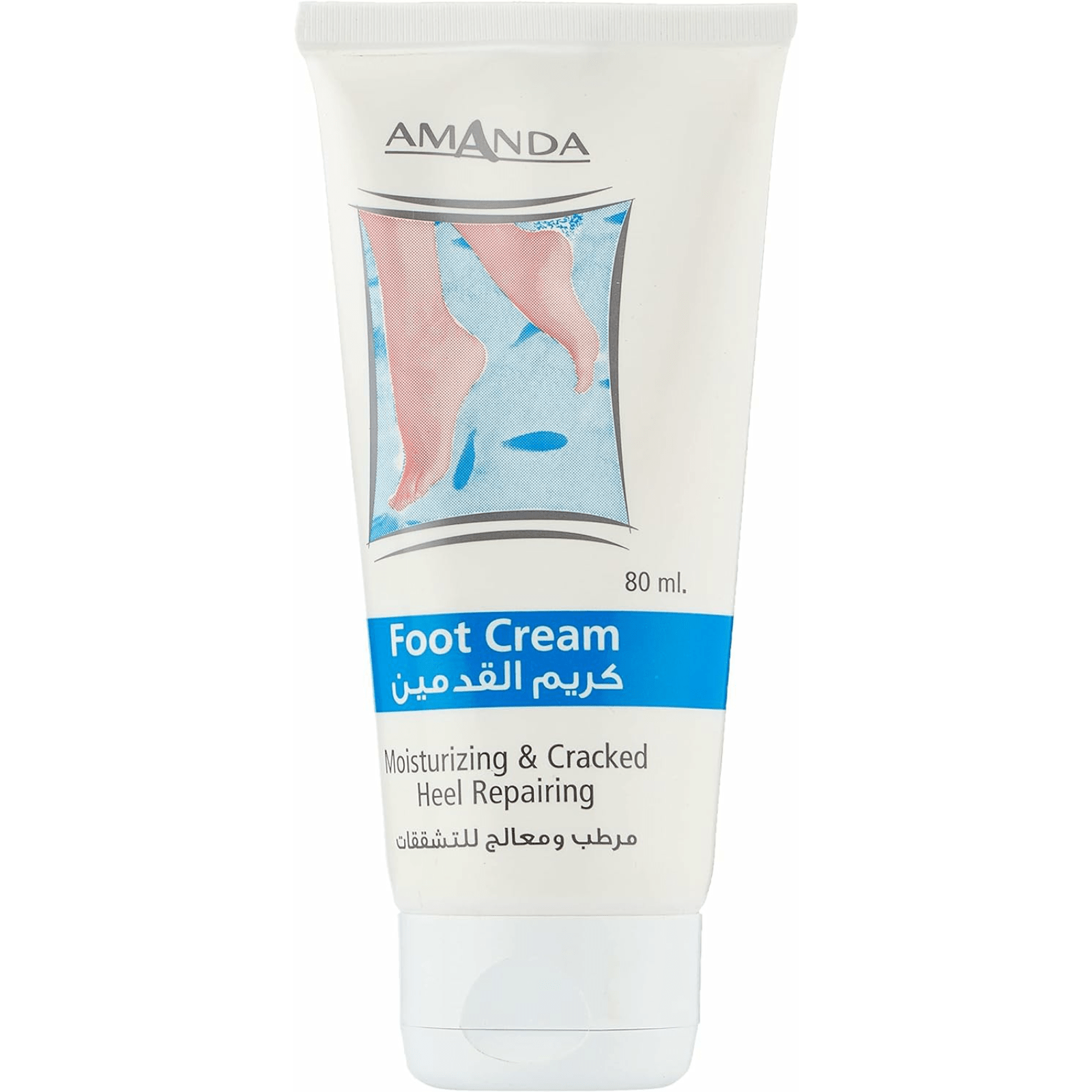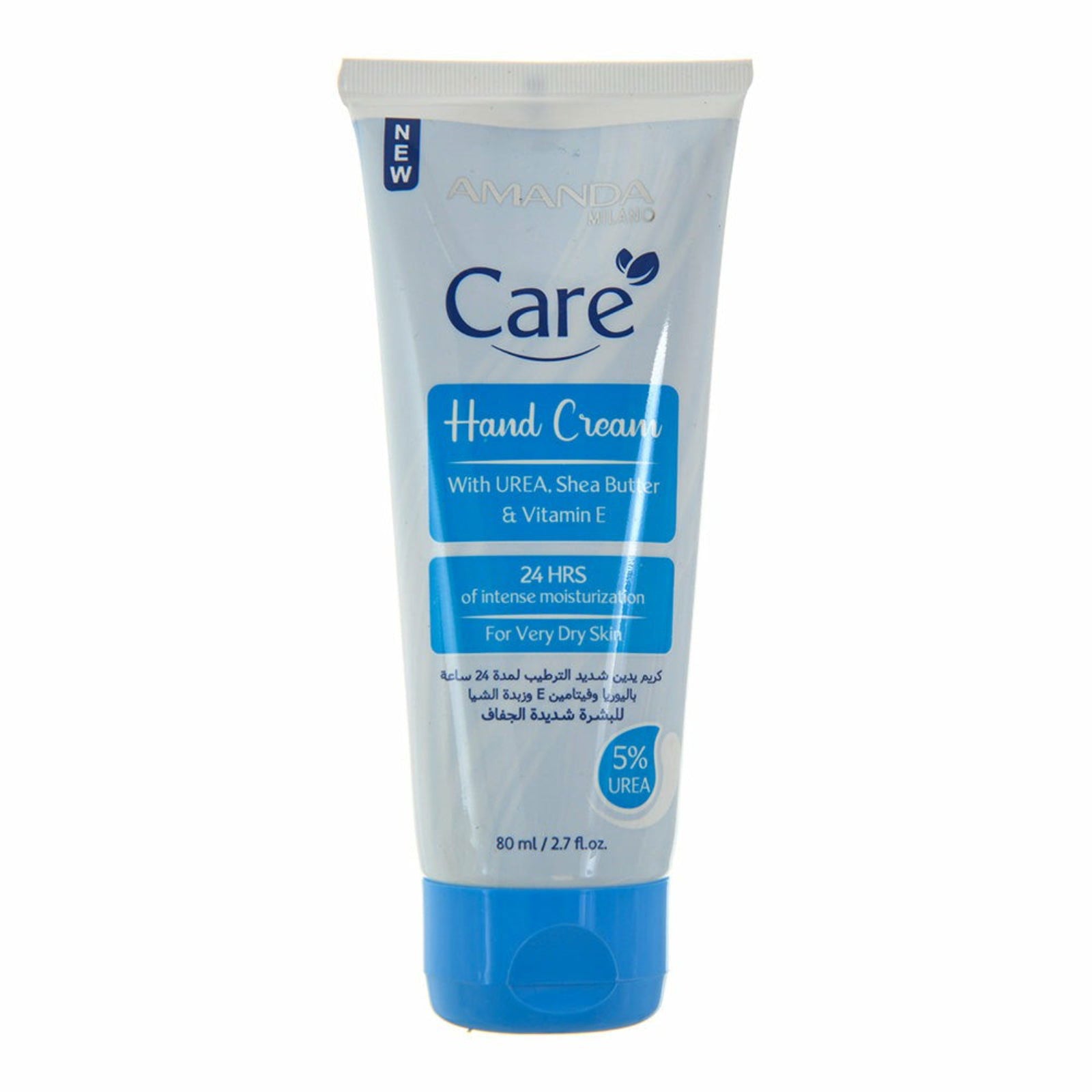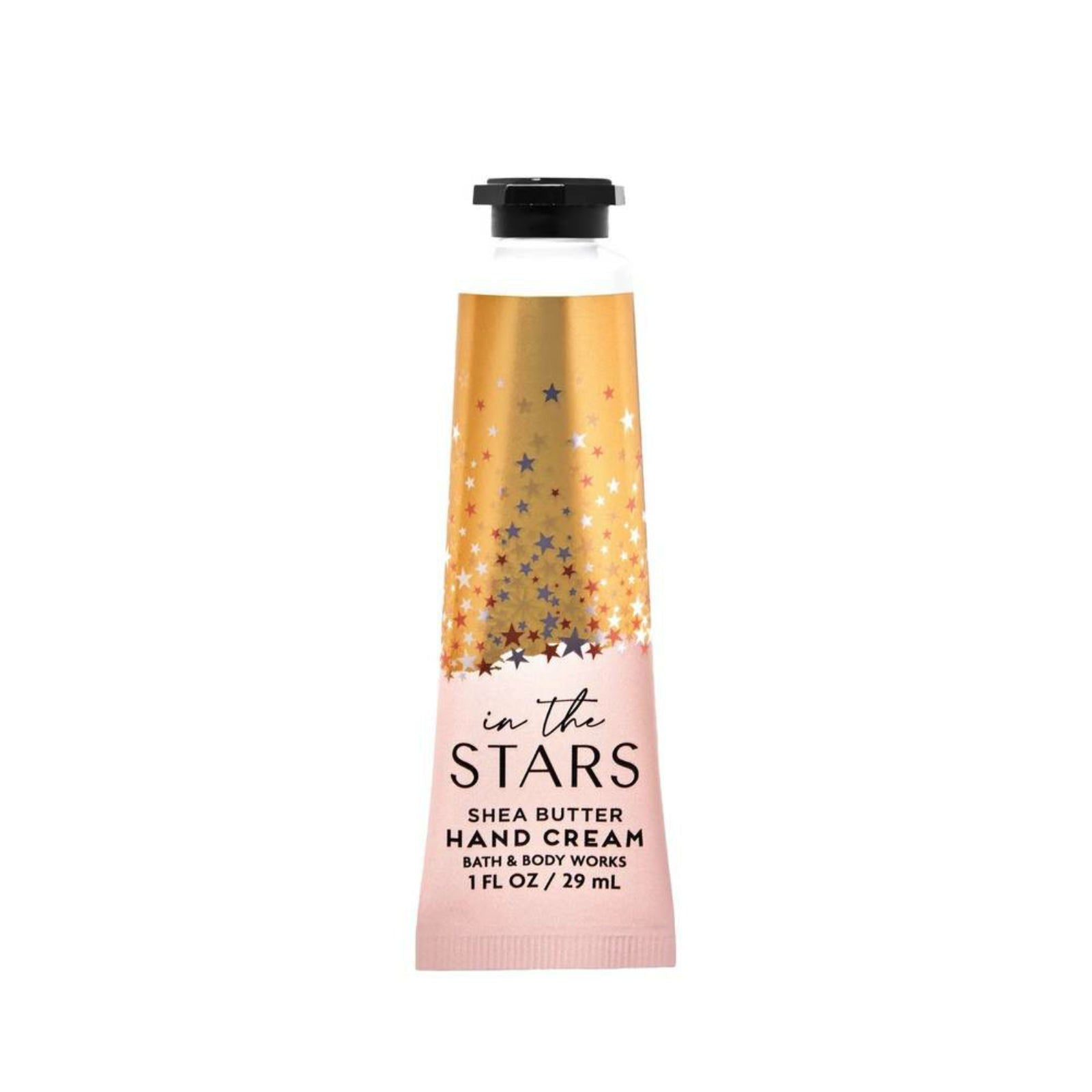Understanding your skin type is the first and most important step in selecting the right skincare products. Skincare is not a one-size-fits-all process, and what works for one person might not work for another. The key skin types include oily, dry, combination, and sensitive. Knowing which category your skin falls into helps you tailor a routine that maximizes benefits and minimizes irritation.
Oily Skin
If your skin often looks shiny and feels greasy, you likely have oily skin. Oily skin is more prone to breakouts and blackheads because of excess sebum production. People with oily skin should focus on using lightweight, non-comedogenic products that won’t clog pores. Gel cleansers and oil-free moisturizers are great options for oily skin.
Dry Skin
Dry skin can feel tight, flaky, or rough, especially after cleansing. If this sounds like you, your skin lacks sufficient oil to keep it hydrated. It’s important to use rich, hydrating products like cream-based cleansers and heavy moisturizers. Ingredients like hyaluronic acid and ceramides are excellent for restoring moisture.
Combination Skin
Combination skin is characterized by oily areas, typically around the T-zone (forehead, nose, and chin), and dry areas on the cheeks. This skin type can be tricky to care for because you need to balance moisture without overloading oily spots. Gel cleansers can work well, paired with a lightweight moisturizer.
Sensitive Skin
Sensitive skin is often prone to redness, irritation, or reactions to new products. If you experience burning or itching when trying new products, you probably have sensitive skin. Look for skincare products that are fragrance-free and hypoallergenic, as these are less likely to cause irritation.
How to Determine Your Skin Type
To find out your skin type, cleanse your face and wait for an hour without applying any products. After the hour, check how your skin feels. If it feels tight, you likely have dry skin. If it feels greasy, you have oily skin. If you experience both tightness in some areas and oiliness in others, you have combination skin.
In conclusion, once you understand your skin type, it becomes easier to choose the right products and maintain a routine that works for you.










